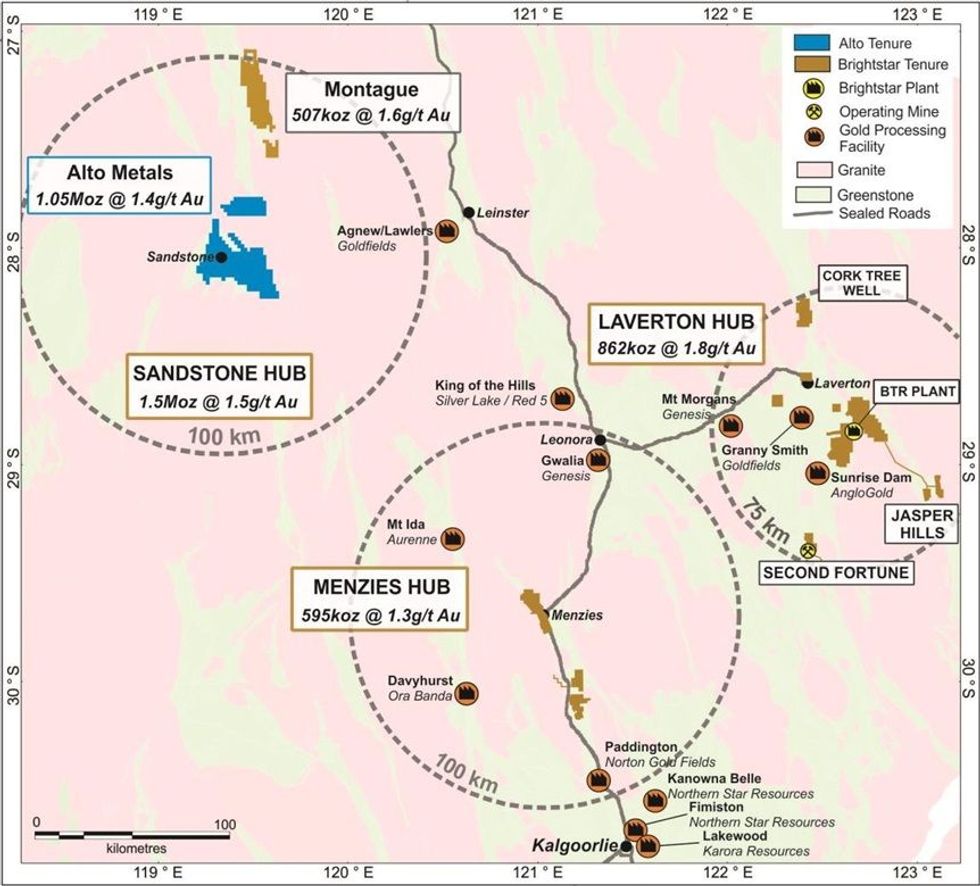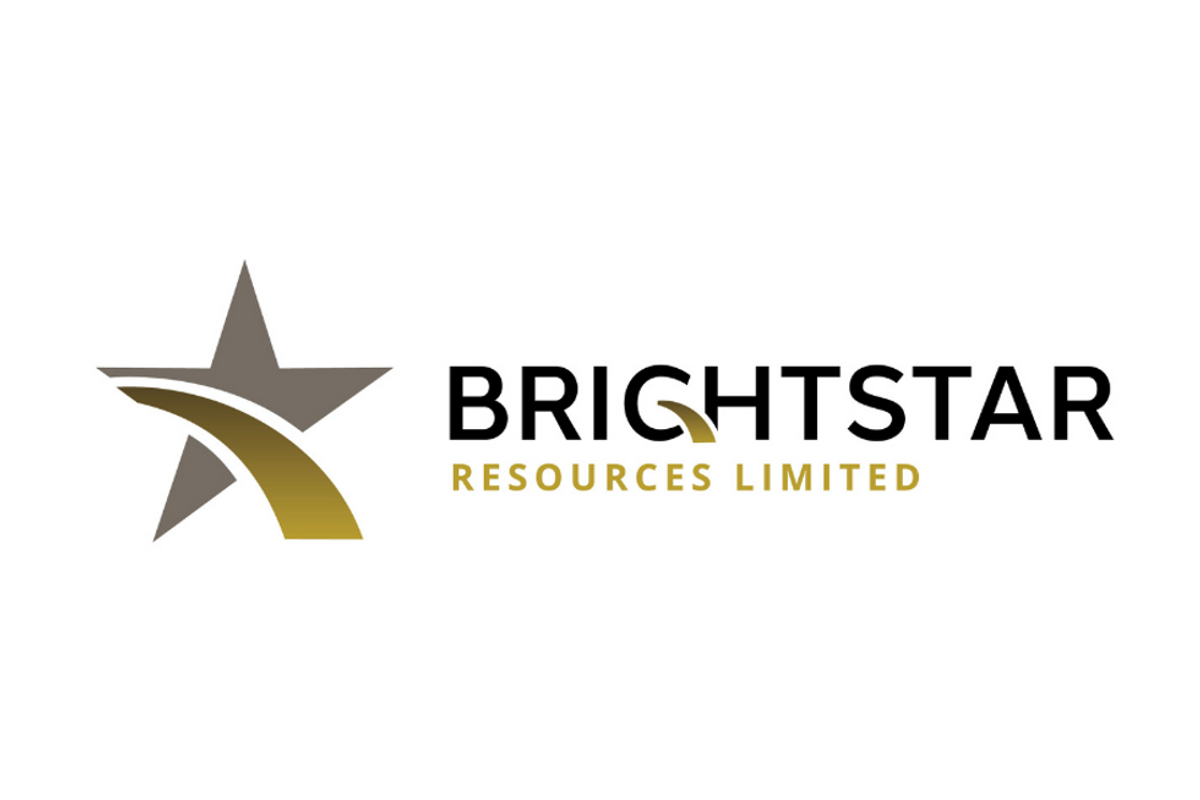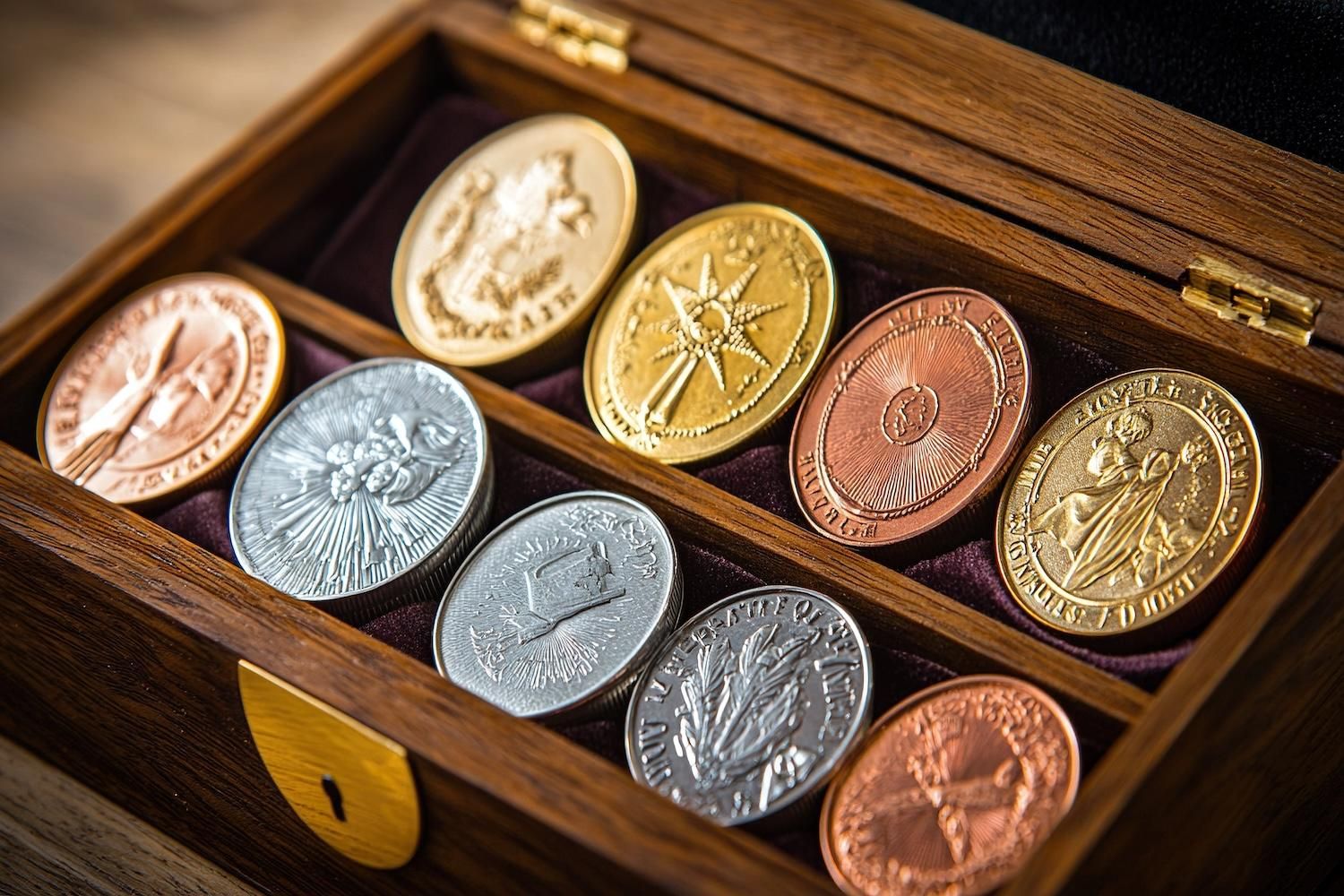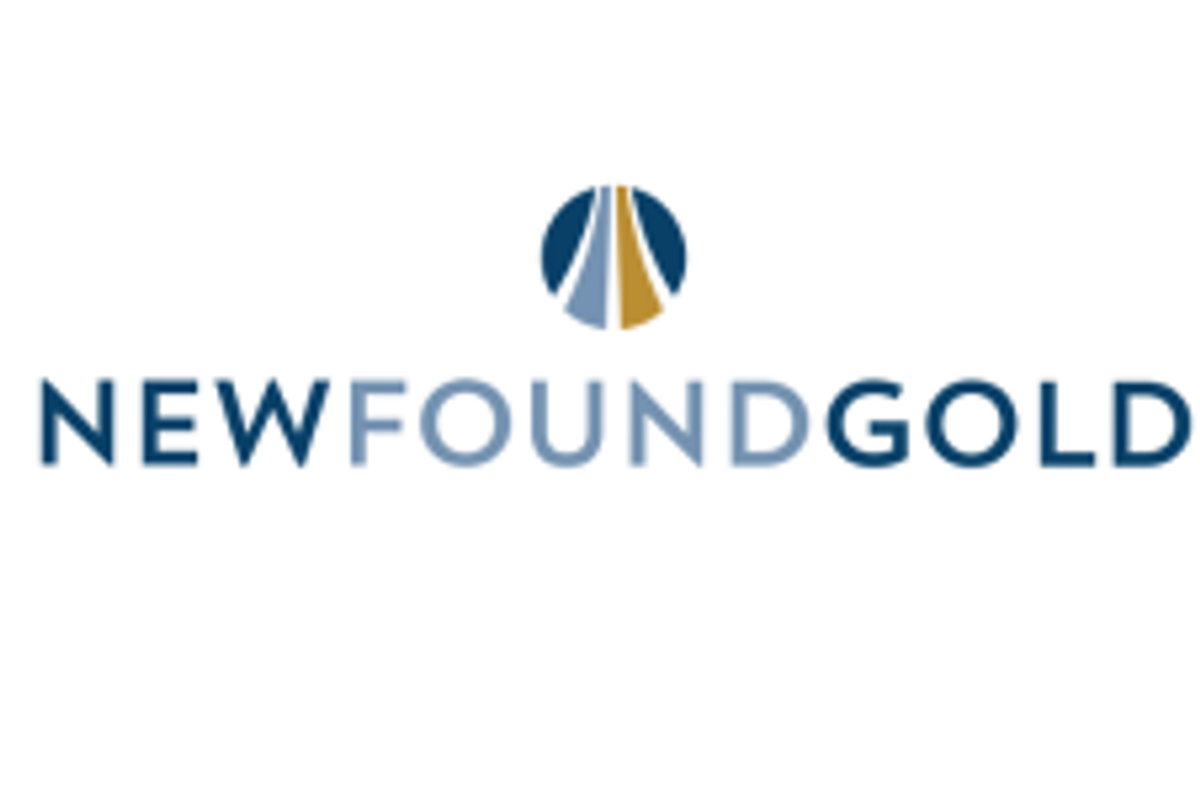
October 01, 2024
Brightstar Resources Limited (ASX: BTR) (Brightstar) is pleased to announce the completion of the acquisition of the gold rights at the Montague East Gold project (MEGP) from Gateway Mining Limited (ASX: GML) (Gateway).
HIGHLIGHTS
- Brightstar has completed the acquisition of the Montague East Gold Project (MEGP) from Gateway Mining Limited
- The completion of the acquisition of the mineral resources at the MEGP signifies the strategic addition of shallow, advanced ounces to Brightstar which is aligned with the Company’s strategy of advancing multi assets towards near term commercialisation
- The MEGP is located 70km from the Sandstone Gold Project, which is owned by Alto Metals Ltd, which is currently undertaking a merger with Brightstar by way of a Scheme of Arrangement
- $5 million cash consideration paid and 466.67 million Brightstar shares issued to Gateway
- Deferred contingent consideration of $2 million in Brightstar shares subject to further project milestones, including:
- upon the commencement of commercial mining operations in respect of the gold mineral rights at MEGP, or
- the delineation of a JORC Mineral Resource Estimate on the tenements exceeding 1.0 Moz Au.
- Following completion, the sale by Gateway of the consideration shares will be subject to orderly sales restrictions in consultation with Brightstar
- Brightstar is planning a drilling program to commence at the MEGP in late October, targeting infill and extensional targets within and proximal to the Mineral Resources located at the advanced Whistler and Montague-Boulder deposits
- Completion of the MEGP acquisition adds a further 9.6Mt @ 1.6g/t Au for 0.5Moz Au to Brightstar’s JORC Mineral Resource Estimate
- Total mineral endowment owned by Brightstar now 38.3Mt @ 1.6g/t Au for 2.0Moz Au
For further details regarding the Transaction please refer to the Company’s ASX announcement released on 1 August 20241.
Brightstar’s Managing Director, Alex Rovira, commented “The completion of the acquisition of the Montague East Gold Project from Gateway achieves the first step in Brightstar’s previously announced consolidation plan of the Sandstone district, adding shallow ounces and a meaningful Mineral Resource inventory to our portfolio of advanced exploration, development and producing gold assets in Western Australia.
We are working towards mobilising an RC drill rig to the Montague-Boulder and Whistler deposits in late October, which contain ~280koz Au of shallow, largely oxide material. It is our intent to move the Montague East Gold Project swiftly through resource drill-out and feasibility study workstreams to advance this asset towards development.
With 2Moz of gold Mineral Resources situated on granted mining leases in the Company, combined with our low capex growth plans and near-term development and production expansion, Brightstar is well placed to maximise value of the portfolio in an all-time high gold price environment.
Recent drilling success across the Lord Byron, Fish and Second Fortune deposits has illustrated the immense upside in the Company’s projects, as we seek to grow the Mineral Resource and de-risk future development through the DFS underway.”
MONTAGUE ACQUISITION
Brightstar, via its wholly-owned subsidiary Montague Gold Project Pty Ltd (MGP), has acquired the interests held by Gateway and its wholly owned subsidiary Gateway Projects Pty Ltd (GPWA) in certain mining tenements in respect of Gateway’s Montague Gold Project, with Brightstar obtaining 100% of the gold mineral rights and Gateway retaining all other mineral rights.
The total consideration paid by Brightstar in respect of the Montague acquisition is $14.0m, comprising:
- an upfront cash payment of $5.0m;
- 466,666,667 Brightstar shares issued at an implied issue price of $0.015 per share for $7 million worth of fully paid Brightstar shares (Gateway Consideration Shares); and
- $2.0m payable in cash or Brightstar shares, upon the commencement of commercial mining operations in respect of the gold mineral rights, or the delineation of a JORC Mineral Resource on the tenements exceeding 1.0 Moz Au.
Following Completion, the sale by Gateway of the Gateway Consideration Shares will be subject to orderly sales restrictions in consultation with Brightstar.
Click here for the full ASX Release
This article includes content from Brightstar Resources, licensed for the purpose of publishing on Investing News Australia. This article does not constitute financial product advice. It is your responsibility to perform proper due diligence before acting upon any information provided here. Please refer to our full disclaimer here.
BTR:AU

Sign up to get your FREE
Brightstar Resources Investor Kit
and hear about exciting investment opportunities.
- Corporate info
- Insights
- Growth strategies
- Upcoming projects
GET YOUR FREE INVESTOR KIT
The Conversation (0)
19 June
Brightstar Resources
Emerging gold producer and district-scale resource developer in Western Australia
Emerging gold producer and district-scale resource developer in Western Australia Keep Reading...
11 December
Menzies Mineral Resource increases 22% to 0.7Moz @ 1.5g/t
Brightstar Resources (BTR:AU) has announced Menzies Mineral Resource increases 22% to 0.7Moz @ 1.5g/tDownload the PDF here. Keep Reading...
08 December
Sandstone exploration drilling returns 157m @ 1.13g/t Au
Brightstar Resources (BTR:AU) has announced Sandstone exploration drilling returns 157m @ 1.13g/t AuDownload the PDF here. Keep Reading...
24 November
Annual General Meeting Presentation
Brightstar Resources Limited (ASX: BTR) (Brightstar or Company) has announced Annual General Meeting Presentation.Click here for the full ASX ReleaseThis article includes content from Brightstar Resources, licensed for the purpose of publishing on Investing News Australia. This article does not... Keep Reading...
20 November
Aurumin Shareholders and Court Approve Scheme of Arrangement
Brightstar Resources Limited (ASX: BTR) (Brightstar or Company) provides the following update on the proposed acquisition of 100% of the fully paid ordinary shares and options in Aurumin Limited (Aurumin) by Brightstar by way of Court-approved share scheme of arrangement (Share Scheme) and... Keep Reading...
19 November
AUN: Court Approves Schemes
Brightstar Resources (BTR:AU) has announced AUN: Court Approves SchemesDownload the PDF here. Keep Reading...
10h
What Was the Highest Price for Gold?
Gold has long been considered a store of wealth, and the price of gold often makes its biggest gains during turbulent times as investors look for cover in this safe-haven asset.The 21st century has so far been heavily marked by episodes of economic and sociopolitical upheaval. Uncertainty has... Keep Reading...
18h
Blackrock Silver Announces C$15 Million Strategic Investment by Two Cornerstone Purchasers
Blackrock Silver Corp. (TSXV: BRC,OTC:BKRRF) (OTCQX: BKRRF) (FSE: AHZ0) ("Blackrock" or the "Company") is pleased to announce a non-brokered private placement (the "Offering") of up to 13,636,363 units (the "Units") at a price of C$1.10 per Unit for gross proceeds of up to C$15,000,000. Each... Keep Reading...
24 December
Gold Price Hits New Record, Breaks US$4,500; Silver, Platinum Also at All-time Highs
Gold marked a new price milestone on Tuesday (December 23), continuing its record-breaking 2025 run. The spot price rose as high as US$4,511.83 per ounce, hitting that point at 4:04 p.m. PST. Don't forget to follow us @INN_Resource for real-time updates!Securities Disclosure: I, Charlotte... Keep Reading...
23 December
From Gold Coins to Copper Tools: Unique Festive Gifts for the Metals Investor
With pumpkin spice in the air, thoughts are turning to the biggest event of the year… No, not the curling championships — Black Friday and the start of the gifting season.Here at the Investing News Network, our team aims to provide relevant information to help readers make informed investment... Keep Reading...
22 December
TomaGold Intercepts 6.68% ZnEq (1.57 g/t AuEq) over 48.05 Metres, including 39.03% ZnEq (9.15 g/t AuEq) over 2.90 Metres at Berrigan Mine and Identifies a Major Hydrothermal Footprint
TOMAGOLD CORPORATION (TSXV: LOT; OTCPK: TOGOF) (“TomaGold” or the “Company”) is very pleased to announce the initial assay results from drill holes TOM-25-009 and TOM-25-010 at its Berrigan Mine project located in the Chibougamau mining camp, in Québec. These are the first two of seven holes for... Keep Reading...
Latest News

Sign up to get your FREE
Brightstar Resources Investor Kit
and hear about exciting investment opportunities.
- Corporate info
- Insights
- Growth strategies
- Upcoming projects
GET YOUR FREE INVESTOR KIT
Interactive Chart
Latest Press Releases
Related News
TOP STOCKS
American Battery4.030.24
Aion Therapeutic0.10-0.01
Cybin Corp2.140.00








